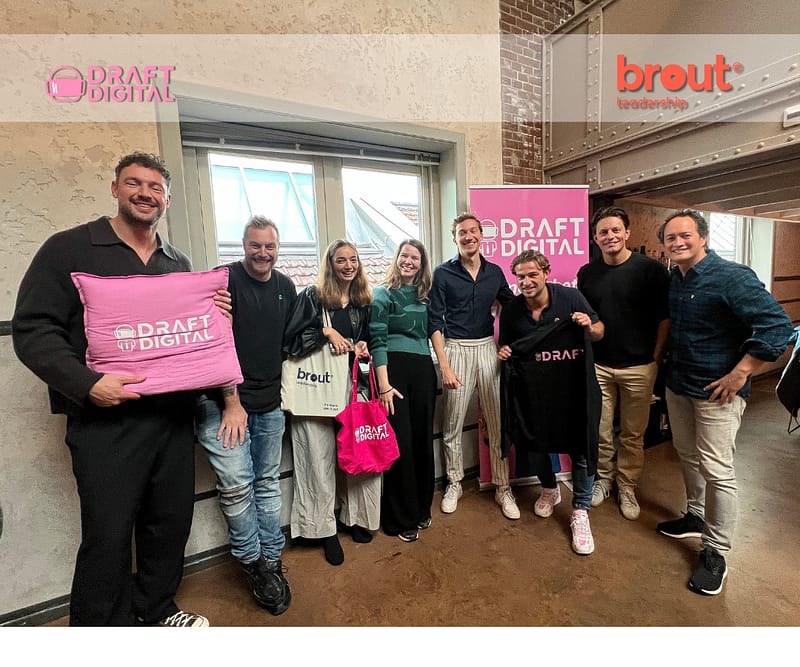Advantage+ Shopping Campaigns are a relatively new type of advertising campaign on Meta that allows you to advertise on Facebook, Instagram, and the Instagram Shopping platform using machine learning. Advantage+ Campaigns leverage machine learning to target your products or services in the most effective placements, enabling you to generate more leads and sales.
How do Advantage+ Campaigns work?
Advantage+ Campaigns use machine learning to target your products at the most effective places. They consider several factors, such as:
- The search terms people use to search for your products
- The interests of people
- The location of people
- The device people are using
The main difference between ASC campaigns and regular campaigns is that targeting based on the ‘user’ is no longer standard. This means Meta does all the ‘searching’ for you and automatically finds the most relevant audiences. Pretty convenient!
Pros and cons of Advantage+ Campaigns:
A major advantage of Advantage+ Shopping Campaigns is that it often leads to increased campaign performance, which is of course crucial. Additionally, you require less time to set up, optimize, and report on campaigns because everything is automated. While this sounds great, there are also drawbacks.
Because Meta is largely in control of the campaign process in ASC campaigns, there is little room for optimization. If campaigns underperform, there are few options for optimizing them. Adding new creatives can be a solution in such cases.
Furthermore, it's difficult to assign value to certain audience segments. Some segments, like current customers, may convert more easily. Meta may therefore allocate a significant portion of the budget to these segments. However, these segments might already be converting. Make sure to set limits on how much budget goes to these segments if necessary.
Another limitation is that through the interface, it's only possible to optimize for sales and not for revenue. As a result, the algorithm might adjust more quickly towards cheaper products, potentially resulting in a lower return on ad spend (ROAS).
Lastly, it is not ‘standard’ to exclude placements, which means your ads may also run on the Audience Network. This is not always desirable for advertisers.
And does it work?
We have conducted several campaigns for non-retail clients. Therefore, we had limited impact from the drawbacks, although there are quite a few. We saw good performance compared to other campaigns, so that's positive. On the other hand, you do notice that you don't want to fully transition to this way of working. You lose complete control and don't have a plan B if things don't go well anymore. For that reason, we definitely recommend testing with ASC, but not to focus entirely on this product.
If you’d like to discuss this without any obligation, feel free to get in touch with us. get in touch with us .







